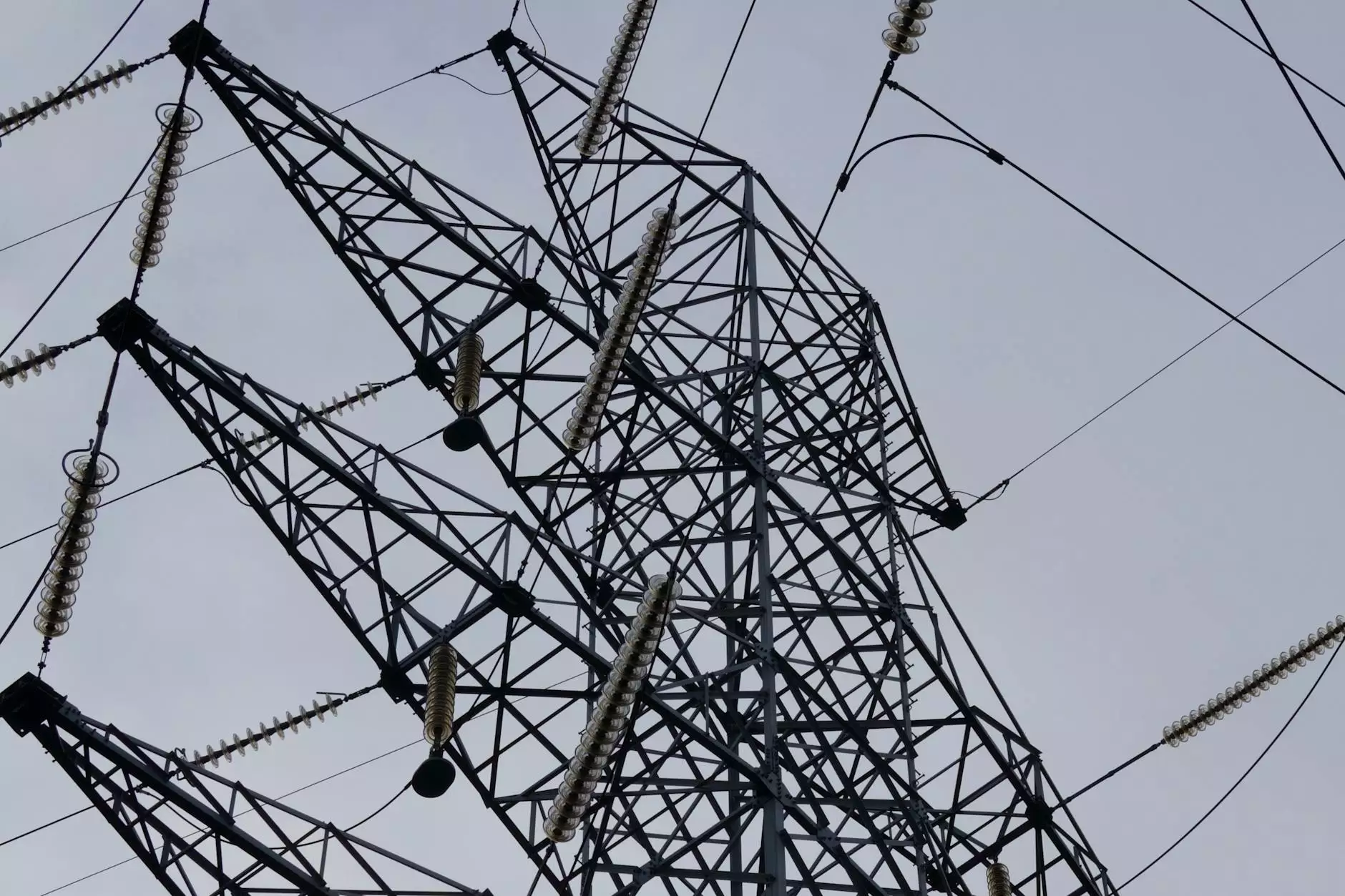Understanding Tenosynovitis vs Tendonitis: A Comprehensive Guide

When it comes to musculoskeletal health, two terms that often arise are tenosynovitis and tendonitis. While they both refer to conditions affecting the tendons, they are distinctly different in their manifestations and treatment approaches. This article aims to elucidate the differences, similarities, and natures of these two conditions, helping readers gain a deeper understanding of tenosynovitis vs tendonitis.
What are Tendons?
Tendons are fibrous connective tissues that connect muscles to bones. They play a crucial role in the body's movement mechanics by transmitting the force generated by muscles to the skeletal system. Understanding the basic anatomy and function of tendons is essential to comprehend the conditions that can afflict them.
Defining Tendonitis
Tendonitis is characterized by the inflammation of a tendon itself, often caused by repetitive use, acute injury, or overload. Commonly affected areas include the wrist, elbow, shoulder, and knee. The inflammation leads to pain, stiffness, and limited movement in the affected joint.
Common Symptoms of Tendonitis
- Localized pain: Pain near the affected tendon that worsens with movement.
- Stiffness: Particularly in the morning or after prolonged periods of inactivity.
- Swelling: Inflammation around the joint.
- Heat: A feeling of warmth over the affected area.
Exploring Tenosynovitis
Tenosynovitis refers to the inflammation of the synovial sheath that surrounds a tendon. This condition often occurs in conjunction with tendonitis but can also arise independently. Tenosynovitis frequently affects the wrist, fingers, and ankle, and is particularly prevalent in athletes or individuals engaged in repetitive manual tasks.
Common Symptoms of Tenosynovitis
- Pain: Tenderness along the tendon and surrounding sheath.
- Swelling: Noticeable swelling around the affected tendon.
- Creaking sounds: A grating noise when moving the affected joint.
- Limited movement: Decreased range of motion in the affected area.
Key Differences between Tenosynovitis and Tendonitis
While both conditions involve inflammation, understanding their differences enhances diagnosis and treatment:
- Location of Inflammation: Tendonitis is inflammation within the tendon, while tenosynovitis affects the tendon sheath surrounding the tendon.
- Causes: Both conditions can occur due to overuse, but tenosynovitis may also occur as a result of infections or systemic diseases such as rheumatoid arthritis.
- Symptoms: Both may present with pain and swelling, but tenosynovitis may include creaking sounds and more pronounced swelling due to involvement of the sheath.
Causes of Tendonitis and Tenosynovitis
Your lifestyle, occupation, and physical activities play a critical role in developing these conditions:
Causes of Tendonitis:
- Repetitive movements: Activities like typing, swimming, or playing sports can stress tendons.
- Aging: Tendons naturally lose their elasticity and become more vulnerable to injury over time.
- Acute injury: Sudden trauma can lead to tendon inflammation.
Causes of Tenosynovitis:
- Repetitive use: Similar to tendonitis, repetitive actions can irritate the tendon sheath.
- Infections: Bacterial infections can cause tenosynovitis, necessitating immediate medical intervention.
- Underlying health conditions: Autoimmune disorders like rheumatoid arthritis can increase susceptibility.
Diagnosis of Tenosynovitis and Tendonitis
Diagnosing either condition typically involves:
- Medical History: Discussing symptoms and their onset with a healthcare provider.
- Physical Examination: A thorough examination to assess pain locations and joint function.
- Imaging Tests: X-rays, MRI, or ultrasound may be used to visualize soft tissues.
Treatment Options for Tendonitis and Tenosynovitis
Both conditions can benefit from various treatment strategies. The approach to treatment aims not only to alleviate symptoms but also to restore function.
Non-Surgical Treatments:
- Rest: Allowing the affected tendon to heal by reducing or modifying activities.
- Ice Therapy: Applying ice helps to reduce swelling and alleviate pain.
- Physical Therapy: A structured rehabilitation program can enhance range of motion and strengthen surrounding muscles.
- Medications: NSAIDs can relieve pain and inflammation.
- Corticosteroid Injections: These may be administered to reduce severe inflammation.
Surgical Treatments:
If conservative treatments fail, surgical options may involve:
- Tenosynovectomy: Removal of the inflamed synovial sac.
- Tendon repair: Necessary if the tendon is fractured or severely damaged.
- Release surgery: In cases of tenosynovitis, relieving pressure on the tendon sheath.
Preventing Tendonitis and Tenosynovitis
Preventive measures can significantly minimize the risk of developing either condition:
- Warm-Up Properly: Engaging in warm-up exercises before physical activity prepares the body.
- Maintain Flexibility: Incorporating stretching routines into your daily regimen enhances flexibility and joint health.
- Avoid Overuse: Adapting the intensity of activities and taking breaks can reduce stress on the tendons.
- Use Ergonomic Tools: Tools designed to minimize strain can help protect against overuse injuries.
Conclusion: Importance of Understanding Tendon Health
In conclusion, understanding the differences of tenosynovitis vs tendonitis is vital for effective treatment and prevention. Recognizing the symptoms and causes of these conditions can empower individuals to make informed decisions about their health. With proper care and attention, maintaining tendon health is achievable, thereby enhancing overall physical well-being.
At iaom-us.com, our team of experienced chiropractors and physical therapists focus on providing tailored treatment plans to address conditions like tendonitis and tenosynovitis. Should you experience symptoms of these conditions, we encourage you to seek professional guidance to ensure optimal recovery and return to an active lifestyle.



